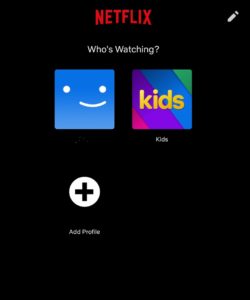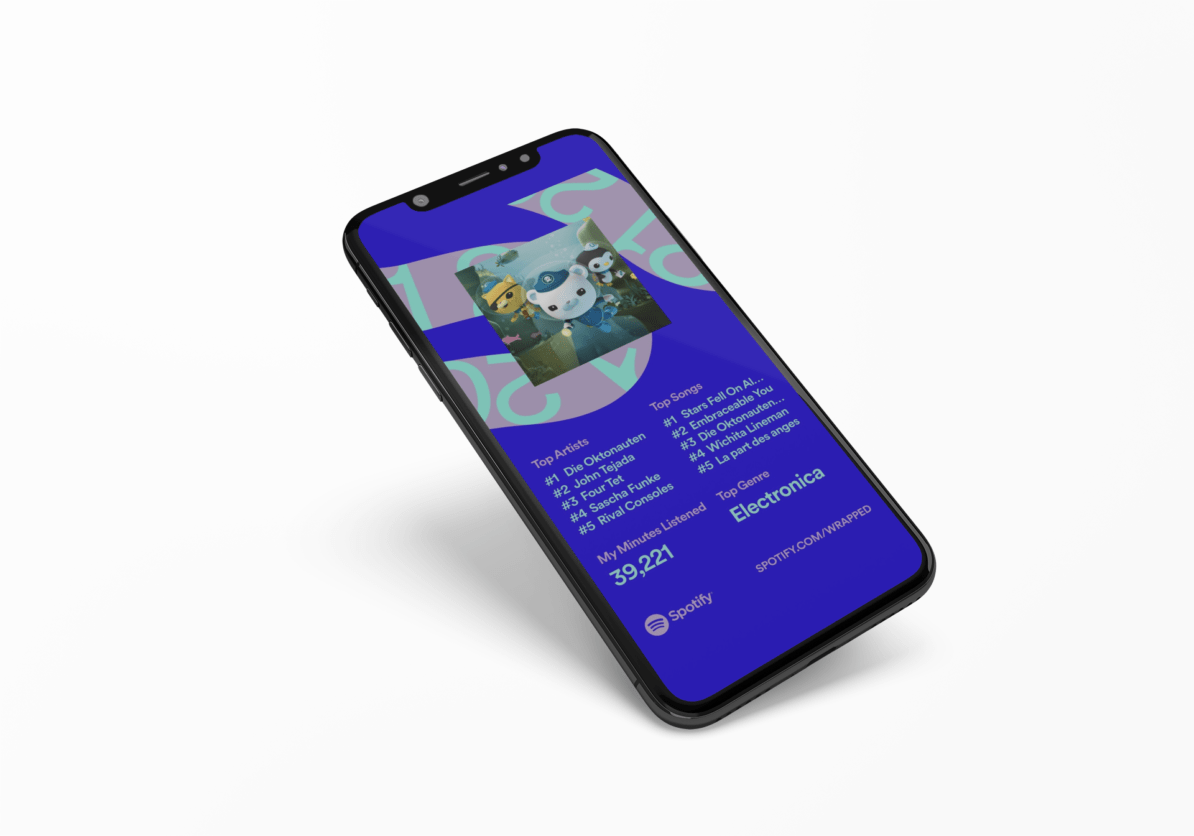In my definition, Growth is the holistic view of the product and its customer to identify the opportunities with the highest impact. The outcome is an increased user base that improves business value.
I want to use Spotify as an example of why I firmly believe that Growth lives beyond onboarding users and what important role use cases play.
We have to ask ourselves, “How does one cohort of users lead to another cohort of users?”. Consequently, we should look at the entire journey of a user and not stop at the acquisition. In the world of growth loops, we can observe, for example, how we harness revenue or user-generated content to attract new users. Another powerful way of utilising users is word of mouth, like referrals, which benefits from our general trust towards peers and family.
Contents
Referral Basics

You can split referrals into two substantial types, pull and push. In the first type, the pull referral, someone approaches a user of your product and asks for a recommendation. For example, let’s assume your washing machine broke, and you talk about it with a family member. In that conversation, you could ask for more reliable washing machine brands. Your family member might respond by saying that her machine is reliable, and she can recommend the brand.
The second type, on the other hand, the push referral, is triggered because you gain something from sharing. For example, you played a game and finished a level with excellent results. When you share your results on social media, you receive some recognition through likes and comments in return.
Nurturing Sharing
While we cannot influence pull referrals directly, we can nurture users to push out recommendations. Within mobile apps, for example, it’s typical to ask our users to leave a rating in the app store.

Another common thing is a share button on content within a product. In e-commerce, it’s about the offered product; media products, in contrast, let you share their videos, audio, and articles. In games, you share achievements. All these referrals have different rewards for the user and the same benefit for the product, increasing reach to grow the user base.
As with all aspects of the product experience, you can influence the user’s behaviour. For example, you can add more engaging elements to a product that motivates users to share.
A Year Wrapped

The year ends, and a tradition from the media to showcase the past year’s highlights has made its way into apps as well. An example is “Wrapped” from Spotify. It’s a beautiful idea to reflect on the past months and highlight your top songs listened to on Spotify. While I was excited to play back my year, I quickly got a reality check. I recognised that Spotify included all the songs I played for my children. Subsequently, my number one artist was the Octonauts. On LinkedIn, I learned that I am not alone.
Can we please try for the algorithms to take out the songs we put on for our todlers? I’d love not to see Mumin and Baby Shark as my top songs for a third year in a row 🙂
LinkedIn User
Spotify built the feature with referrals in mind and split “Wrapped” into stories to share them. It is like achievements in games as one story highlights the number of minutes listened; another the top five artists. It is an excellent addition to sharing albums and songs. The user can feel proud or show off her exceptional music taste. But here is the thing, not all use cases equally work with that feature.
Importance of Use Cases
The fundament of every product is the use case. You define a target group, identify their problems, and build a product that solves them. Spotify has multiple use cases that have similarities but still have some distinctions. For example, we could define a use case, “Explore new Music”, where users usually go to a record store to listen to new releases. We can also think of “Playing audiobooks to my children” when parents typically play a Compact Disc.
Sometimes we can see only one-one relationships between the user and the use case. If you can create more use cases that one user can relate to, you improve retention by offering more value to your user. On top, you can transition users from one use case to the other and back. Spotify has this condition.
Imagine you start using Spotify to explore new music. Then, some months in, your niece stays over, and for the bedtime story, you are looking for some audiobook. As you have a habit of looking for new audio content on Spotify, you will also search for audiobooks. The vast selection of audiobooks will transition you to a second use case.
Andrew Chen describes this in his new book “The Cold Start Problem” as the Engagement Effect, he writes:
The Engagement Effect manifests itself by increased engagement as the network grows—this can be developed further by conceptually moving users up the “engagement ladder.” This is done by introducing people to new use cases via incentives, marketing/communications, and new product features.
Unwrapping the Wrapped
Let’s go back to Spotify’s “Wrapped”. When crafting the feature, they did not consider all use cases, leading to a significant downside. Meaning, a certain percentage of users will not like the results of their “achievements” and will therefore restrain from sharing them. So instead, users start to discuss how the product failed them.
To identify the reason for the problem, we must look beyond “Wrapped”. I am logged in with my account and share a family subscription with my wife. I use Spotify during work to listen to my favourite music and turn on some audiobooks in the morning for my son before we take him to his kindergarten. Then, I tune in to some relaxing music in the evening while he falls asleep. I do this all with my account.

Now let’s look at Netflix. Before my son starts to watch his favoured show, he changes the profile on the Netflix app. First, he selects the built-in kid profile that limits the available content to his age. Second, he can see his top shows and starts to watch them. The great thing, Netflix does not include my children’s content in any recommendations in our main profile.

Such an option is missing from Spotify. Opening the app shows mixed up content. I can choose between kids audiobooks and chilled jazz. The recommender offers new music that matches my children’s good night sounds. As I learned to work around those flaws, I was genuinely disappointed about my stats for this year. I know that they do not reflect my actual listening habits, which kept me from sharing them.
We see a misalignment with the existing use cases, which in its fundamental nature shows implications across the experience of the product. It can even harm the potentials to grow the product.
When building products, it is crucial to align our experience and features to all use cases continuously. As soon as we add a new layer, we have to assess, review and adapt the product to match the user’s problems we try to solve.
Image Netflix: https://www.alphr.com/how-to-change-the-language-on-netflix/
